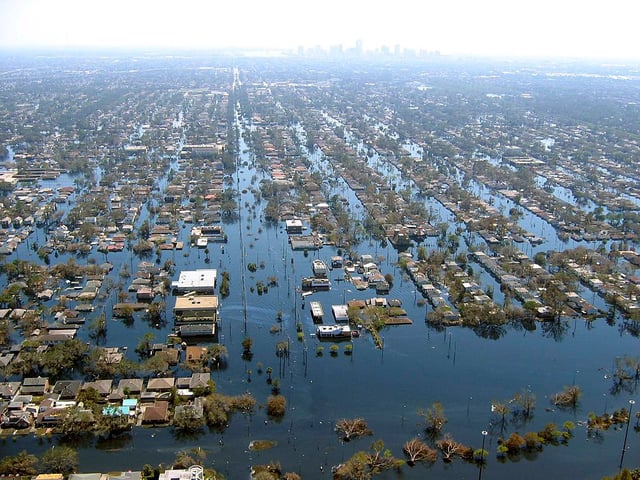Overview
- Katrina's Aug. 29, 2005 storm surge funneled into New Orleans' canals and contributed to multiple catastrophic levee failures that flooded vast parts of the city.
- Engineers cite exceptional surge heights—over 27 feet in places—as evidence that future coastal defenses must account for extremes beyond past design assumptions.
- The Lower Ninth Ward suffered concentrated fatalities as long-standing segregation, disinvestment, low-lying housing and limited transportation left residents highly exposed.
- The disaster displaced hundreds of thousands and killed more than 1,800 people, with many evacuees resettling permanently and altering demographics across several states.
- U.S. Census data show spikes of Louisiana-born residents in metro Atlanta, as Georgia schools, housing and services absorbed newcomers while experts warn that climate change heightens the urgency of stronger levees, better evacuations and targeted support.

